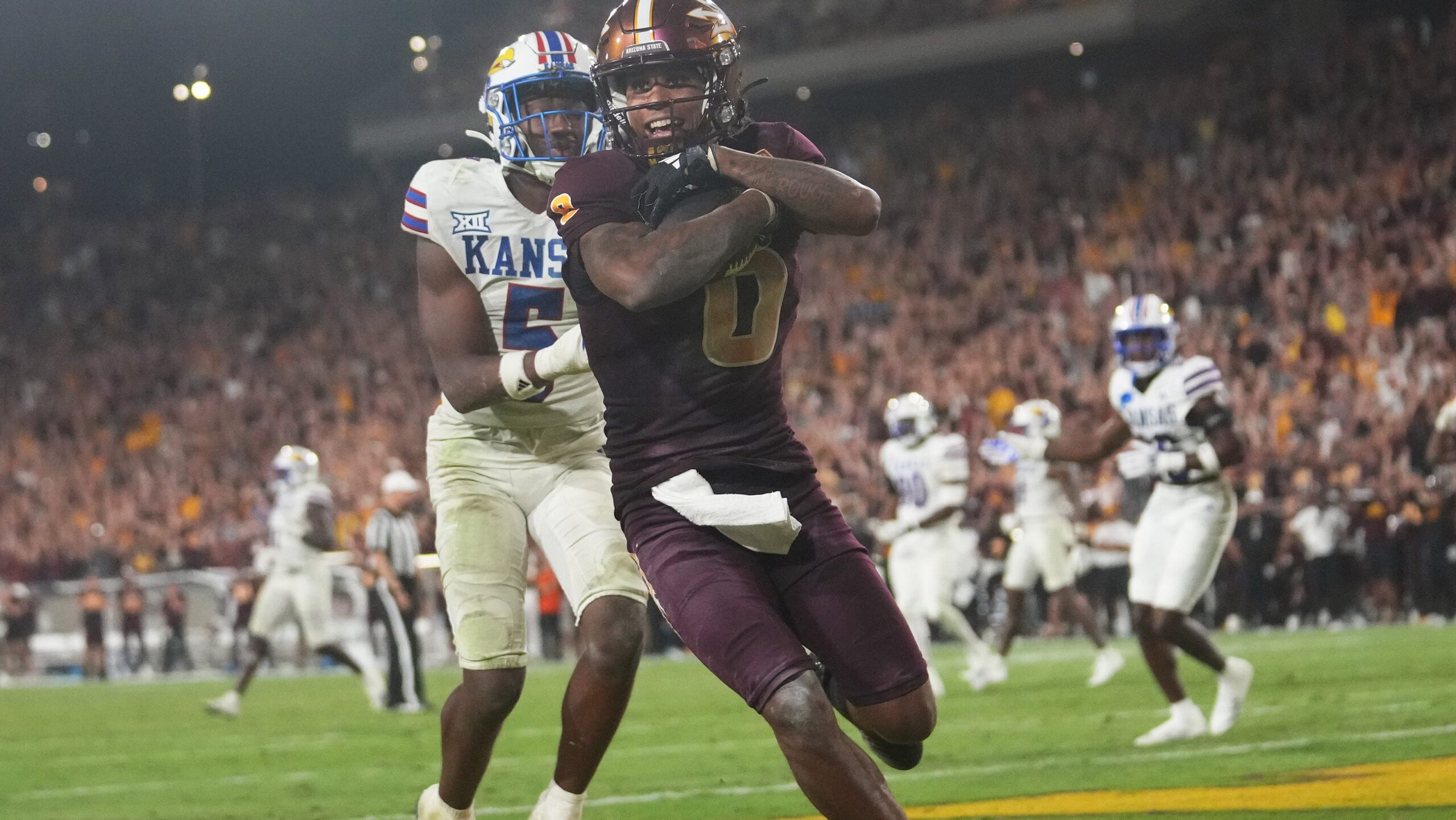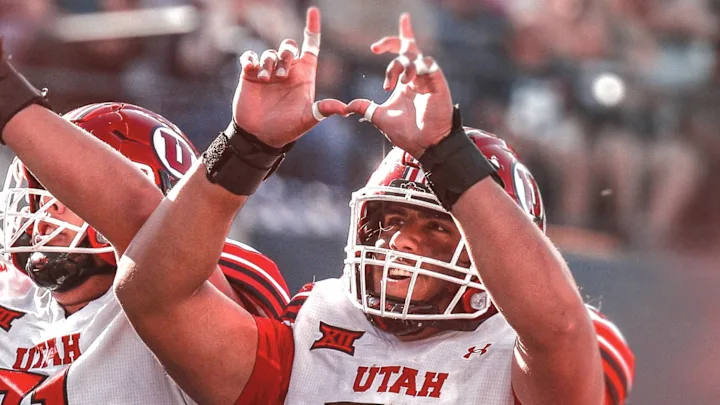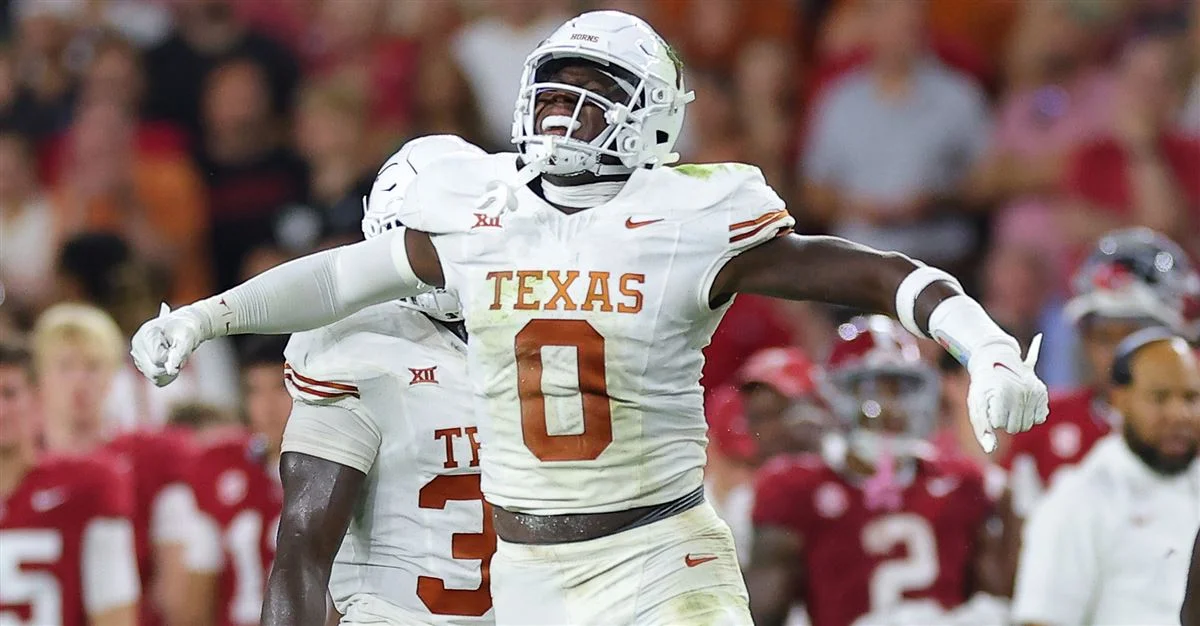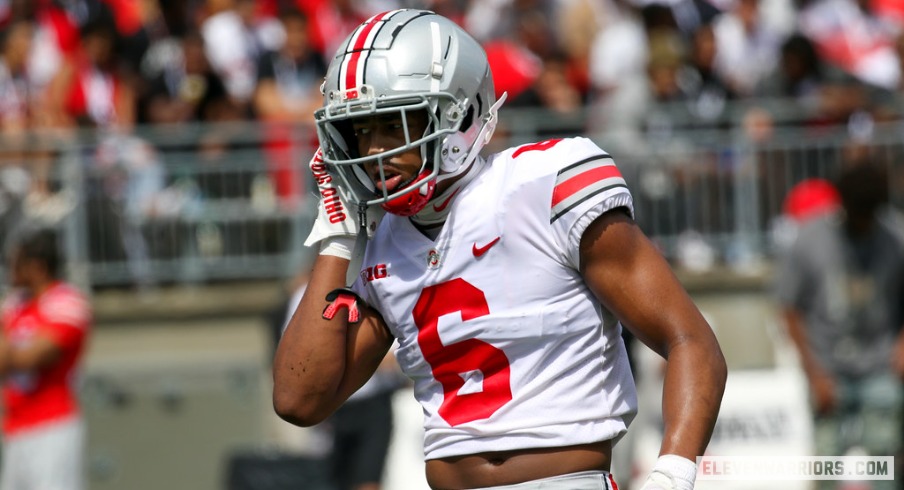By Charlie Campbell.
Send Charlie an e-mail here: [email protected]
Follow Charlie on Twitter @draftcampbell for updates.
This page was last updated April 10, 2020. Follow me @walterfootball for updates.
Center Class
Early-round talent: C-
Mid-round: C
Late-round: C-
Overall grade: C-
2020 prospects vs 2019
Garrett Bradbury
Elgton Jenkins
Erik McCoy
Cesar Ruiz
Lloyd Cushenberry
Tyler Biadasz
Connor McGovern
Michael Jordan
Matt Hennessy
Nick Harris
Ross Piersbacher
Jake Hanson
Lamont Gaillard
Last year, the center position was top heavy, with three centers being selected in the first two rounds. After that, the next four centers stretched out over Rounds 3-6.
If you were to mix the last two classes, it would not be very good for the 2020 players. Garrett Bradbury, Elgton Jenkins and Erik McCoy are far better prospects than any centers in the 2020 NFL Draft. Ruiz, Cushenberry and Biadasz are more similar to third-round pick Connor McGovern. Matt Hennessy and Nick Harris are fourth/fifth-rounders in between Michael Jordan and Ross Piersbacher.
Safest Pick: Cesar Ruiz, Michigan

2019: Erik McCoy
2018: Billy Price
2017: Forrest Lamp
2016: Nick Martin
2015: Cam Erving
2014: Weston Richburg
2013: Barrett Jones
Looking at my past choices is a mixed bag. McCoy is off to a good start. Lamp missed his rookie year with an injury, and he needs to establish himself before it’s too late. Martin is a solid starter for the Texans. Cam Erving was a bust for the Browns, but has turned into a solid pro. Barrett Jones didn’t pan out for the Rams. Richburg turned into a decent pro.
I don’t like Ruiz as much as other players in recent years, but he is the safest pick at center in this class. Unless Tristan Wirfs is drafted to play guard, Ruiz could be the first interior lineman selected in the 2020 NFL Draft. Teams like Ruiz’s versatility to play guard or center in the NFL. While he could play guard, center is his best position. He has a nice combination of strength, athleticism, quickness and versatility to be an effective blocker.
Biggest Bust Potential: Jake Hanson, Oregon

2019: Ross Piersbacher
2018: Scott Quessenberry
2017: Pat Elflein
2016: Jack Allen
2015: Hroniss Grasu
2014: Marcus Martin
2013: Travis Fredrick
Piersbacher and Quessenberry were late-rounders, so they aren’t expected to be more than backups. Elflein has been okay for Minnesota, so I’m likely to be wrong in picking him for biggest bust potential. Allen went undrafted, so he really isn’t a bust. Grasu did not pan out and ended up getting replaced, so he was a bust for the Bears. Marcus Martin was a bust who the 49ers cut after taking in the third round of the 2014 NFL Draft. I’m happy to be accountable and say that I completely blew this projection in 2013 with Frederick. He was one of the best centers in the NFL when healthy. At least I prefaced it by saying that at worst he would be a solid guard.
This could be another prospect who slides into Day 3 so he isn’t a true bust, but there could be a team that takes Hanson in the mid-rounds. I could see him getting overwhelmed with strength in the NFL, and he is not overly quick or athletic. Of the centers who could get selected in the early to mid-rounds, I think Hanson might have the most bust potential.
Center Rankings by Attributes
Pass Protection:
NFL prototype: Rodney Hudson, Raiders
- Cesar Ruiz
- Lloyd Cushenberry
- Tyler Biadasz
- Nick Harris
- Jake Hanson
- Matt Hennessy
Recap: The NFL is all about the passing offense, so centers must be be an asset at protecting the quarterback and helping to keep a clean pocket. They need to be able to stop interior blitzes, bull rushes from heavy nose tackles, speed rushes from three-techniques, and double teams effectively. Fortunately for teams needing a center, this year’s class has some good pass-blockers.
There are a number of traits that Ruiz possesses that allow him to be a good pass protector. He has very quick feet and is able to play the typewriter to mirror defenders and keep them from charging down the pocket. Ruiz plays with excellent leverage, bending at the knee, and uses his thick lower body to absorb bull rushes. He could stand to improve his awareness, ability to sustain blocks, and not let second efforts get free. Ruiz can be a little slow to react to speed rushes, but with coaching, he has the upside to improve.
As a pass blocker, Cushenberry is adept at tying up defenders when he is working with a guard. He can have issues with power in one-on-one situations and get pushed backward. Powerful bull rushes from top competition can move Cushenberry backward, but he does have strength in his base to sink his lower body and slow up rushes enough for his quarterback to get the ball out. Cushenberry can wall off some speed rushes, but too often, his feet go still and he does not play the typewriter well to mirror. He could struggle in the NFL when he has to restart his feet. At least in the beginning of his career, Cushenberry could be a liability in one-on-one blocks against good defensive tackles. He is more effective when working with a guard.
Biadasz is good fit for pass blockin in the NFL. Last year at Wisconsin, he handled one-on-ones in the passing game, showing a strong anchor to handle bull rushes and the strength to sustain his blocks through the play. Biadasz plays with good leverage to bend at the knee and that allows him to bend, but not break, on bull rushes. As a pro, heavy nose tackles and fast speed rushers could give him some issues, but overall, he offers more one-on-one pass-blocking ability than many centers who need guard help.
Harris has a good anchor to handle powerful bull rushes, but fast three-techniques and defensive tackles with length can give him problems. He probably shouldn’t handle those kind of defenders in a one-on-one situation.
Hanson was a solid technician in college, but he could struggle with the physicality of NFL interior lineman. He needs to get stronger for holding his ground and improve his ability to handle inside speed rushes.
Hennessy lacks strength for the next level, so he could struggle to sustain blocks and not let defenders collapse the pocket. At least in the early going, he is going to need to be getting in on double teams rather than handling rushers one on one. If he gets stronger, he could end up being more effective.
Run Blocking:
NFL prototype: Travis Frederick, Retired
- Cesar Ruiz
- Tyler Biadasz
- Lloyd Cushenberry
- Nick Harris
- Matt Hennessy
- Jake Hanson
Recap: Centers are a critical part of an effective rushing attack, and this year’s class offers some talent to help in the ground game.
None of these centers are road graders that can blast defensive tackles off the ball with power and bulldoze open a gap. However, most his group were effective run blockers and good contributors to the ground attack.
As a run blocker Ruiz uses his athleticism and quickness to fire to the second level or join guards on double teams. His speed to hit the bump block can take defensive tackles by surprise and he is effective at manipulating them to push open holes. Ruiz has developed upper and lower body strength that combines with his leverage to manipulate defenders. Ruiz is not a true road-grader that overpowers tackles, but he has functional strength for the next level.
As a run blocker, Biadasz opened holes with some functional strength and showed impressive quickness and athleticism to pull around the tackle and hit blocks in space. He fires well to the second level and gets downfield quickly. Against NFL defensive tackles he is not overpowering and Biadasz won’t be a road grader that overwhelms tackles. He is a scraper that has a physical attitude and blocks through the whistle. In the NFL, Biadasz could be a plus run blocker at center.
In the ground game, Cushenberry contributes by getting to spots and hitting defenders. While he has some strength, at the point of attack Cushenberry is not overly powerful to push defenders out of their gap or knock them back off the line. He is quick to the second level and shows some mobility in the open field. Cushenberry works well hitting double teams with his guard and tying up defenders to open up holes.
Harris has developed upper body strength and he uses that to tie up defenders. His strength allows him to torque defenders and turn them to help seal lanes on the inside. He also really fights and has a mean streak, but his lack of length and size hurts how effective he can be versus pro defenders.
Hanson could stand to get stronger for the NFL. He was an effective run blocker in college but will need work for the next level. Right now Hennessy is going to struggle to create any movement as a pro until he gets stronger.
Speed:
NFL prototype: Maurkice Pouncey, Steelers
- Cesar Ruiz
- Lloyd Cushenberry
- Matt Hennessy
- Nick Harris
- Tyler Biadasz
- Jake Hanson
Recap: Ruiz is the fastest of these linemen in terms of play speed. He has quickness and fires out of his stance. Cushenberry, Hennessy and Harris are quick off the snap. Biadasz is able to pull well. All four of those blockers are quick to hit blocks on the second level. Hanson has average speed.
Zone Blocking:
NFL prototype: Alex Mack, Falcons
- Cesar Ruiz
- Matt Hennessy
- Lloyd Cushenberry
- Tyler Biadasz
- Nick Harris
- Jake Hanson
Recap: Ruiz is the best fit as a zone-blocking center in the NFL. He is quick and athletic, which makes him a perfect fit to be part of the moving wall of a zone-blocking scheme.
Hennessy would definitely fit well in a zone scheme with the agility, athleticism and speed to move in a zone-blocking scheme. Cushenberry is similar with enough athleticism, makes him a good fit in a zone-blocking scheme as well.
Biadasz showed functional quickness at Wisconsin and could execute a zone scheme. The Badgers ran zone-running plays, and Biadasz was solid in them.
Harris could have enough ability to execute a zone scheme. He did run zone plays at Washington. Hanson could fit in a zone scheme as well.
Power-Man Blocker:
NFL prototype: Travis Frederick, Retired
- Lloyd Cushenberry
- Cesar Ruiz
- Tyler Biadasz
- Nick Harris
- Jake Hanson
- Matt Hennessy
Recap: Ruiz, Biadasz, Cushenberry, and Harris are all nice fits for a power-man scheme. Cushenberry has enough strength to push defensive linemen at the point of attack. Ruiz has developed quality strength as well. Biadasz and Harris have enough ability with their technique to be effective in power-man blocking. Additionally, those two have a fighting mentality. All four should be able to make the transition smoothly to the next level.
Hanson should add more strength if he’s drafted into a power-man scheme. Hennessy could struggle in a pro power-man scheme until he gets stronger.
Versatility:
NFL prototype: Mike Pouncey, Chargers
- Cesar Ruiz
- Lloyd Cushenberry
- Tyler Biadasz
- Nick Harris
- Jake Hanson
- Matt Hennessy
Recap: NFL offensive line coaches like their interior linemen to have the ability to play guard or center. Young players who are fighting to make the team as a backup help themselves by having flexibility on the inside. On game days, teams need interior linemen who can play guard or center.
Ruiz could play guard in the NFL, so he definitely is the most versatile. The other five would be bad fits at guard and are centers only.
NFL Picks - Dec. 13
NFL Power Rankings - Dec. 10
2026 NFL Mock Draft - Dec. 10
Fantasy Football Rankings - Sept. 1




